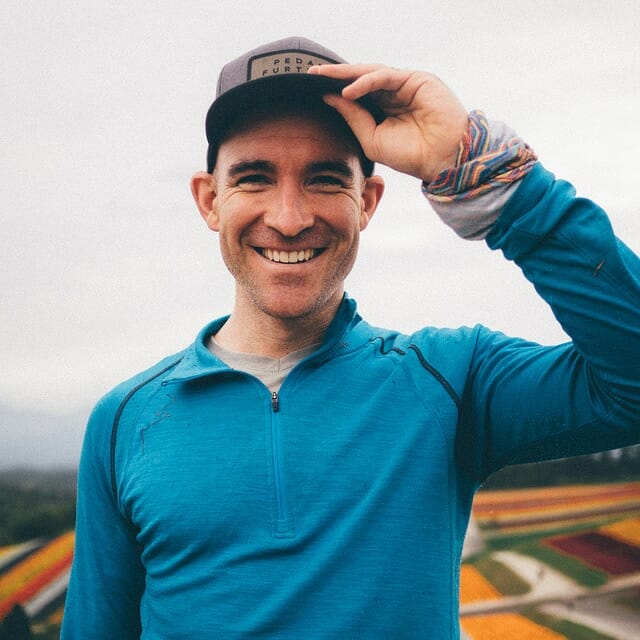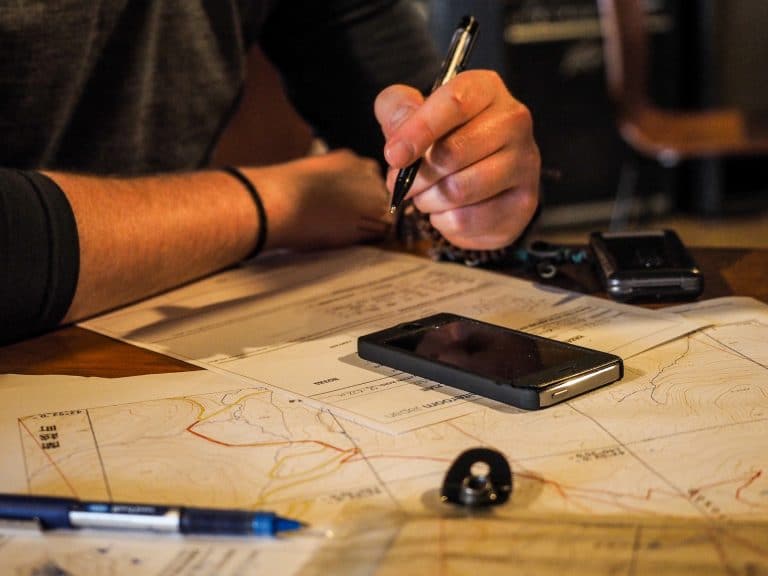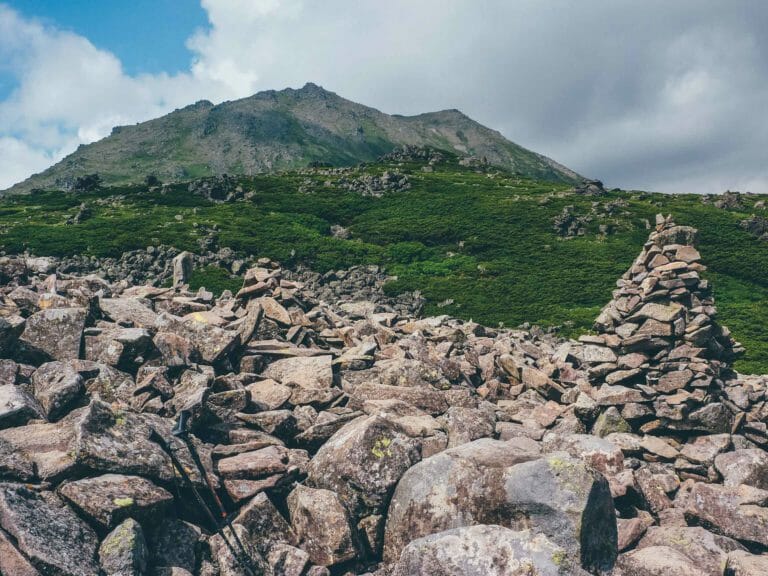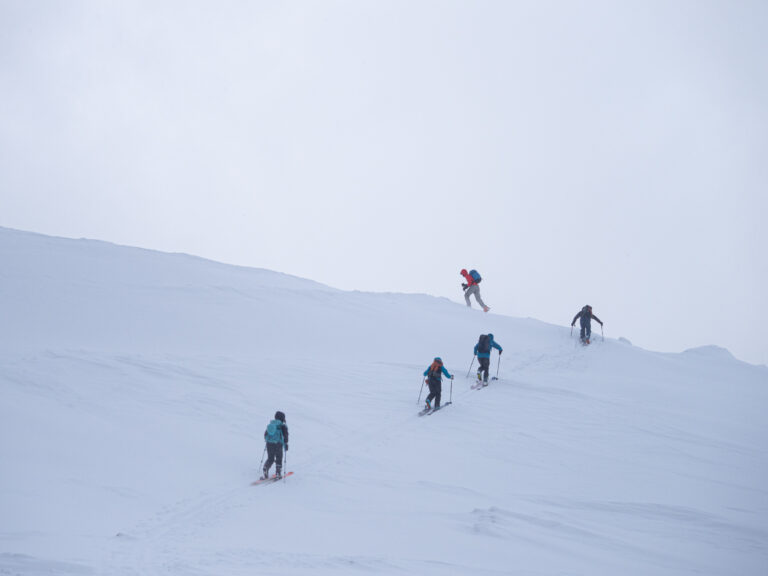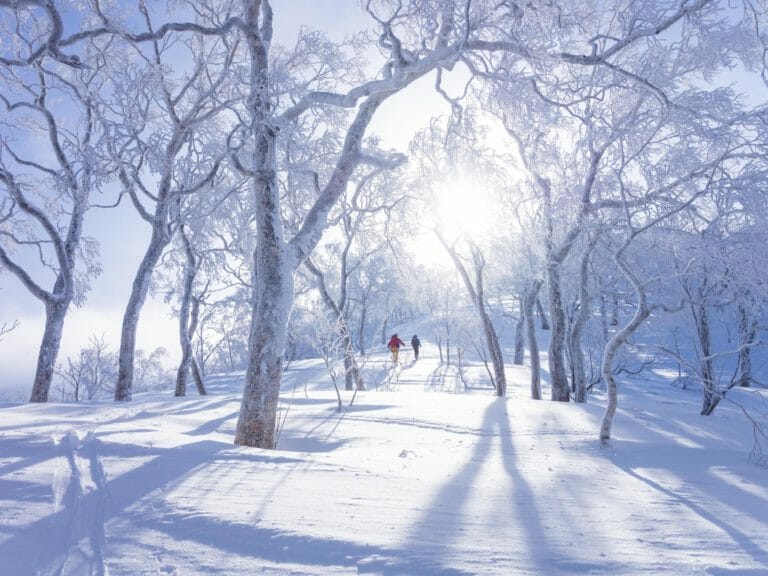STATS
A cursory glance at party-size distribution shows that a full 35% of all Japan-citizen SAR incidents involve parties of one, compared with 12% of SAR callouts for foreigners involving a party of one.
More formally, we performed a Mann-Whitney test to test for differences in the distribution of Japan- and foreign-citizen group sizes involved in Hokkaido mountain SAR incidents from Jan 1st 2014 till Dec 31st 2019 (N = 240).
Overall, the party size for Japan citizen backcountry skiers involved in SAR incidents (Mdn = 2) is smaller than the party size for foreign backcountry skiers (Mdn = 3), and this is a medium sized difference (U = 4,688.5, z = -4.481, p < .001, r = -.28).
Preamble
KEY POINTS
SIDECOUNTRY – We’re seeing 30% more sidecountry search and rescue incidents per year in Hokkaido. More foreigners get into trouble in the sidecountry. Getting lost is the main cause of sidecountry search and rescue callouts. More foreigners get injured in the sidecountry.
BACKCOUNTRY – There are fewer backcountry search and rescue callouts. More Japanese are involved in backcountry search and rescue incidents – bad weather and getting lost cause most Japanese callouts.
OTHER WINTER ALPINE ACTIVITIES – Greater numbers of Japanese tend to get into trouble – getting lost is a major cause. More people die doing non-skiing winter mountaineering than than any other activity.
IMPORTANT – There’s no data about how many people are going into the backcountry/sidecountry. This makes incident rate calculations impossible – that is, it’s impossible to infer who is more at risk.
IN-PAGE QUICK LINKS
SIDECOUNTRY SEARCH AND RESCUE STATISTICS
Side-country search and rescue incidents are increasing by over 30% a year
We’ve only got reliable data for the last five years or so, but regardless of nationality, there does appear to be an upward trend in the number of people getting into trouble in the sidecountry (see Fig.1 below). That is, in terms of absolute numbers, on average there seems to be more and more people getting into situations where they require outside assistance, after accessing the backcountry from ski areas.
Think of it this way: If year-on-year growth in sidecountry user numbers is outstripping the year-on-year-growth in sidecountry search and rescue numbers, then this would point to a downward trend in incidents per user and might indicate positive developments such as people making safer decisions and being more prepared.
About 25% more foreign citizens than Japan citizens are involved in side-country search and rescue incidents
“I don’t know where I am”
Looking at Fig. 2 below, it’s clear the majority of search and rescue callouts – regardless of nationality or residence – in the sidecountry are due to people exiting ski areas and promptly getting lost. In 2018, Rob met with a representative from the Hokkaido Police to ask about current trends in search and rescue callouts. He said “if people knew how to use their smartphones as navigation devices, about 90% of callouts wouldn’t have happened.” As far as sidecountry search and rescue incidents are concerned, this appears to be a case of inexperienced, ill-equipped skiers entering the backcountry without much prior thought or planning. It should be interesting to see how proposed changes to the Niseko Rules – making avalanche beacons and helmets mandatory in order to access the backcountry via the ski areas – might affect these SAR callout numbers
More foreigners are getting injured in the sidecountry
BACKCOUNTRY SEARCH AND RESCUE STATISTICS
There are much fewer backcountry incidents than sidecountry incidents
There are more Japan-citizen backcountry incidents
Bad weather and navigation are the crux for locals
Foreigners might be more likely to get injured in the backcountry, too
WINTER HIKING SEARCH AND RESCUE STATISTICS
More Japanese than foreigners have required search and rescue assistance while engaged in other winter mountain activities
Getting lost is a main cause of non-skiing search and rescue callouts for Japanese
Outcomes of non-skiing search and rescue incidents are much more grave
ABOUT THE DATA
We take our hats off to the Hokkaido Prefectural Police for making very detailed search and rescue statistics available to the public. It’s all in Japanese, so here at Hokkaido Wilds we periodically convert the Hokkaido Police PDFs into a database, add English translations, and make that data available in Excel format as well as in our data browser.
Categories of SAR indidents
The Hokkaido police distinguish between two main categories of mountain search and rescue incidents.
- Backcountry Ski SAR Incidents (バックカントリースキー遭難)
These SAR incidents are ones where the individual(s) entered mountains with the intention of skiing or snowboarding or similar. Backcountry Ski Incidents are further split into two more categories.- Ski Mountaineering Incidents (スキー登山遭難) – These are a type of Backcountry Ski Search and Rescue Incident whereby the individual(s) entered the backcountry from a trailhead or similar. That is, they did not access the backcountry via an established ski area. For brevity’s sake, we refer to these incidents as Backcountry SAR Incidents.
- Ski Search and Rescue Incidents (スキー遭難) – These are a type of Backcountry Ski Search and Rescue Incident whereby the individual(s) accessed the backcountry via a ski area. That is, incidents where the individual(s) were skiing ‘outside of the ropes’ even if the area was sandwiched between two official pistes of a ski area. For sake of brevity, we refer to these incidents as Sidecountry SAR Incidents.
- Non-backcountry Ski Mountain Search and Rescue Incidents (バックカントリースキー遭難以外の山岳遭難) – These encompass all other mountain search and rescue incidents, both summer (hiking, climbing etc) and winter (such as ice-climbing, winter non-ski mountaineering etc). Note that search and rescue incidents related to the common practice of wild edible plant gathering (山菜取り sansaitori) is not included in any of the mountain search and rescue statistics.

